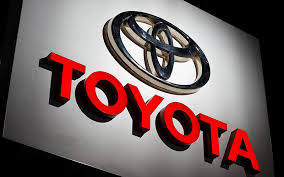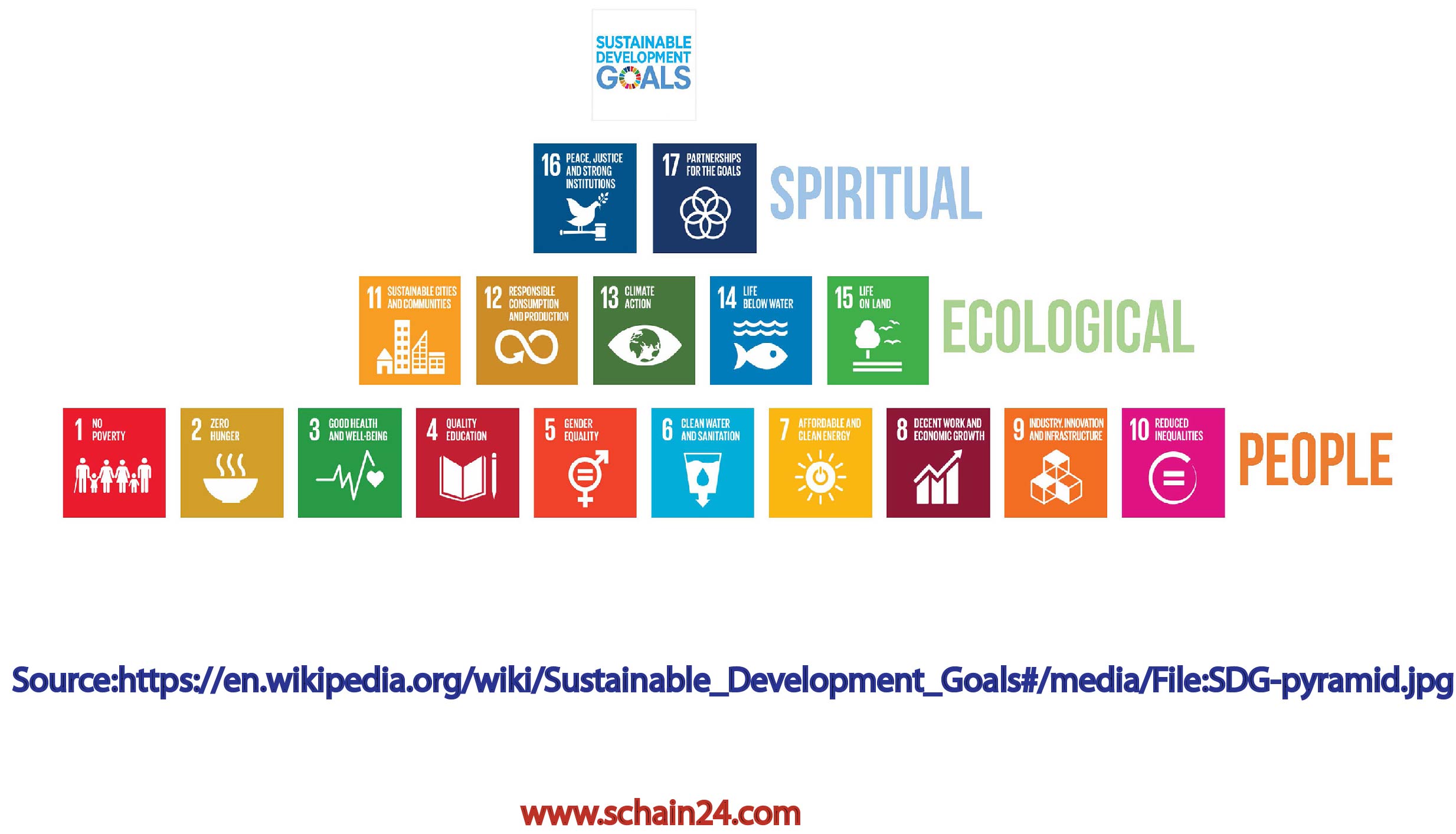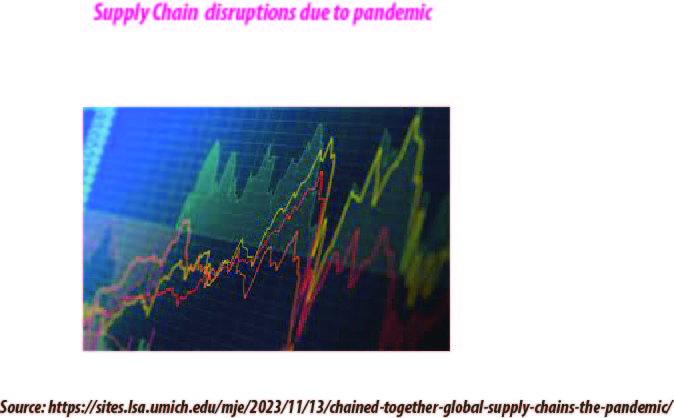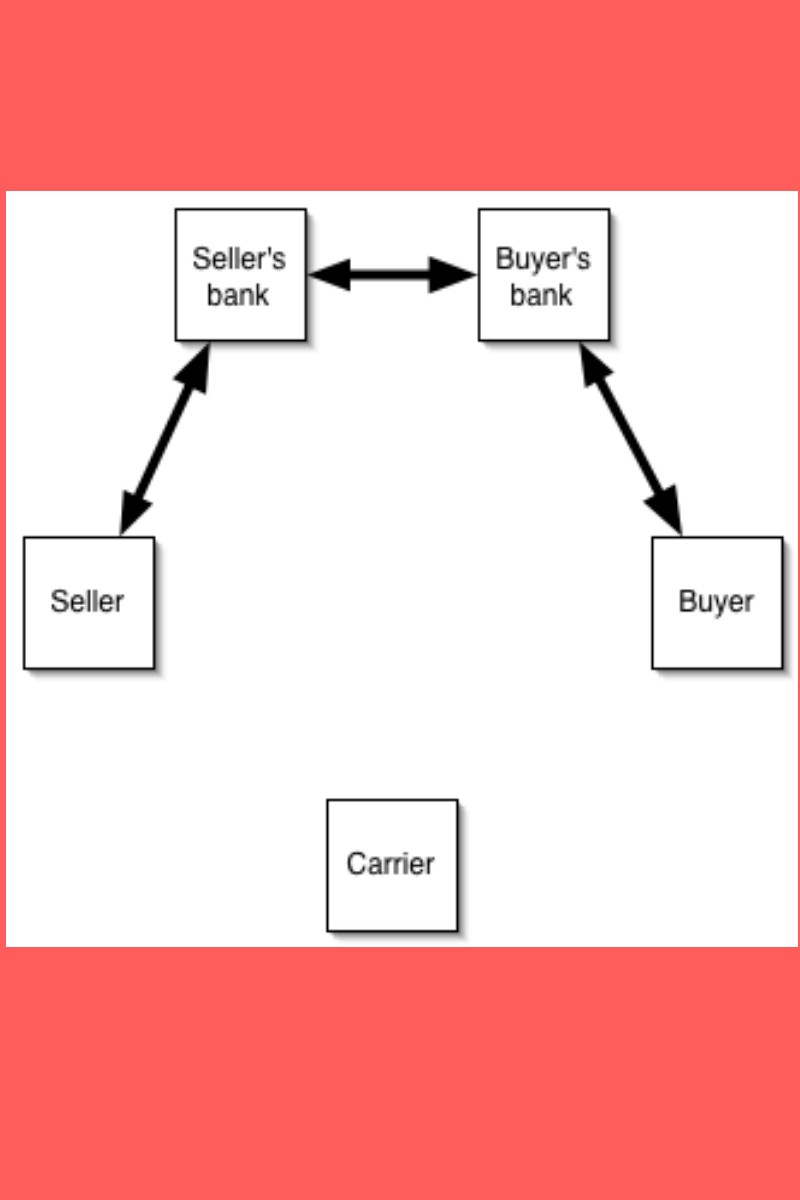There are different levels of focus in the dimensions of sustainability and also in what is sustainable procurement. Focus on the supply chain network entails managing and balancing the supplier portfolio. The impact of fair trade or eco-labels can be on end-user buying behavior. CSR purchasing policies and CSR functions are integrated with purchasing..
Author: ikram
What Makes Toyota’s Supply Chain Management a Benchmark for Excellence? |
Toyota has an effective supply chain strategy that puts value and efficiency first. It has adopted the Just-In-Time (JIT) system, which guarantees on-demand delivery of materials and components while cutting waste and inventory expenses. By employing a tiered supplier system and incorporating employees at all levels in cooperative improvement initiatives, Toyota also cultivates long-term relationships with its suppliers. The Toyota Production System (TPS) maximizes efficiency while reducing waste and overproduction. To match production schedules with market demand, the organization employs sophisticated demand forecasting systems. Toyota also uses buffer stockpiles for essential components and dual-sourcing tactics to proactively manage supply chain risks. For improved supply chain monitoring and predictive analytics, the business incorporates cutting-edge digital technologies like IoT and AI.
A Case Study: Supply Chain Management of BYD Company Ltd. |
BYD, initially a battery manufacturer, has evolved into a leading player in the new energy vehicle (NEV) sector. The supply chain management of BYD Company Ltd is characterized by rapid battery and motor innovation and a strong backward integration model, achieving over 50% self-sufficiency in parts. This strategy has significantly reduced production costs from approximately 257,500 in 2021 to 159,000 in 2023. BYD utilizes smart supply chain practices, including AI and big data, to enhance logistics and demand forecasting. Sustainability efforts are integrated through green procurement and circular development strategies. As BYD expands internationally, it faces challenges in cross-border logistics and regulatory frameworks. Despite its strengths in cost control and supply security, issues such as slow delivery times and fragmented data systems remain. Additionally, the company must navigate ethical and regulatory risks associated with global sourcing, contrasting with Tesla’s software-driven competitiveness and distributed manufacturing strategy.
The Sustainable Development Goals (SDGs): Its Effects On Businesses and Brands |
Achieving the Sustainable Development Goals (SDGs) is a critical role for businesses and brands, as it can have a big impact on their operations, strategies, branding, and stakeholder interactions. In order to meet global sustainability goals, promote innovation in goods and services as well as business models, and draw in socially conscious clientele, companies are incorporating the Sustainable Development Goals (SDGs) into their plans. ESG factors are also being considered by investors when making decisions, and businesses that support the SDGs stand to gain access to sustainable finance sources and a greater number of investments.
Goals such as “Climate Action” and “Responsible Consumption and Production” can encourage companies to streamline their supply chains, cut waste, and use more environmentally friendly production techniques. Governments are putting SDG-aligned laws into effect, and businesses need to follow them to avoid fines or reputational harm.
The post Covid-19 Supply Chains: A Brief Discussion |
The U.S.-China trade war and the Covid-19 crisis have prompted manufacturers worldwide to reassess their supply chains, focusing on increasing domestic production, boosting employment in their home countries, reducing dependence on risky sources, and rethinking lean inventories and just-in-time replenishment strategies. The pandemic has exposed vulnerabilities in production strategies and supply chains, leading to increased political and competitive pressures. Modern products often require specialized technological skills, and manufacturers often rely on suppliers and subcontractors who focus on specific areas. However, relying on a single supplier deep in their network increases disruption risks. To mitigate these risks, manufacturers should categorize suppliers as low-, medium-, or high-risk, using metrics like revenue impact, factory recovery time, and alternate sources.
Letter of Credit and Blockchain Technology In A Supply Chain |
A letter of credit(LC) is also named a documentary credit(DC) in globalized international trade. In recent times, banks utilize blockchain technology regarding the formulation of letters of credit . The ICC regulates market practices (Documentary Credit 600). These include the advising bank that will give the documentary credit to the beneficiary or their nominated bank and provide their nominated bank with any amendments to the letter of credit. The bank retains a certain percentage of the letter of credit value for security. Blockchain technology is available for the letter of credit procedure and trade finance is related to it. Commerce and international trade finance include products such as issuing letters of credit, indemnifying Bills of Lading, etc. Although the letter of credit was created in the old world, methods managing the shipping of goods and related accommodations. But there is a great potential to supersede these paper processes with digitized operations utilizing blockchain technology. International trade requires a number of participants to interact with one another, i.e., the exporters, importers, banks, shipping companies, port-related entities, and customs. Trade finance in supply chain management(SCM) includes products such as lending, issuing letters of credit, factoring, export credit, and indemnification. Therefore, we can say that letter of credit and blockchain technology both are used in A Supply Chain for running international trade safely.
What is meant by “Last Mile Delivery” as related with future urban logistics?
Last mile delivery is the final part of the supply chain, where goods move from distribution centers to customers’ locations. This phase is crucial for customer satisfaction. It’s the most complex and expensive part of logistics, accounting for 30-50% of total costs. Urban environments present challenges like traffic and delivery timing. Technological solutions, such as drones, autonomous vehicles, AI, and the Internet of Things, are being used to improve efficiency.Electric vehicles and eco-friendly options are being adopted to enhance sustainability. Systems like Amazon Lockers help reduce failed deliveries. Future innovations focus on faster, cheaper, and greener delivery methods, including autonomous robots.It is evolving with technology and sustainability practices to meet rising consumer demands in urban settings.








